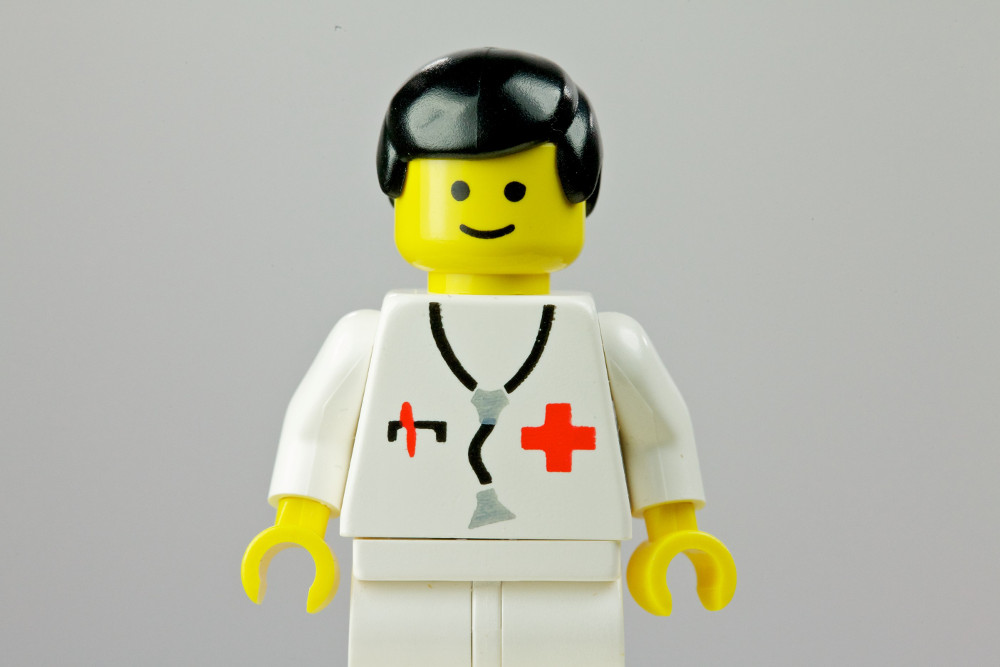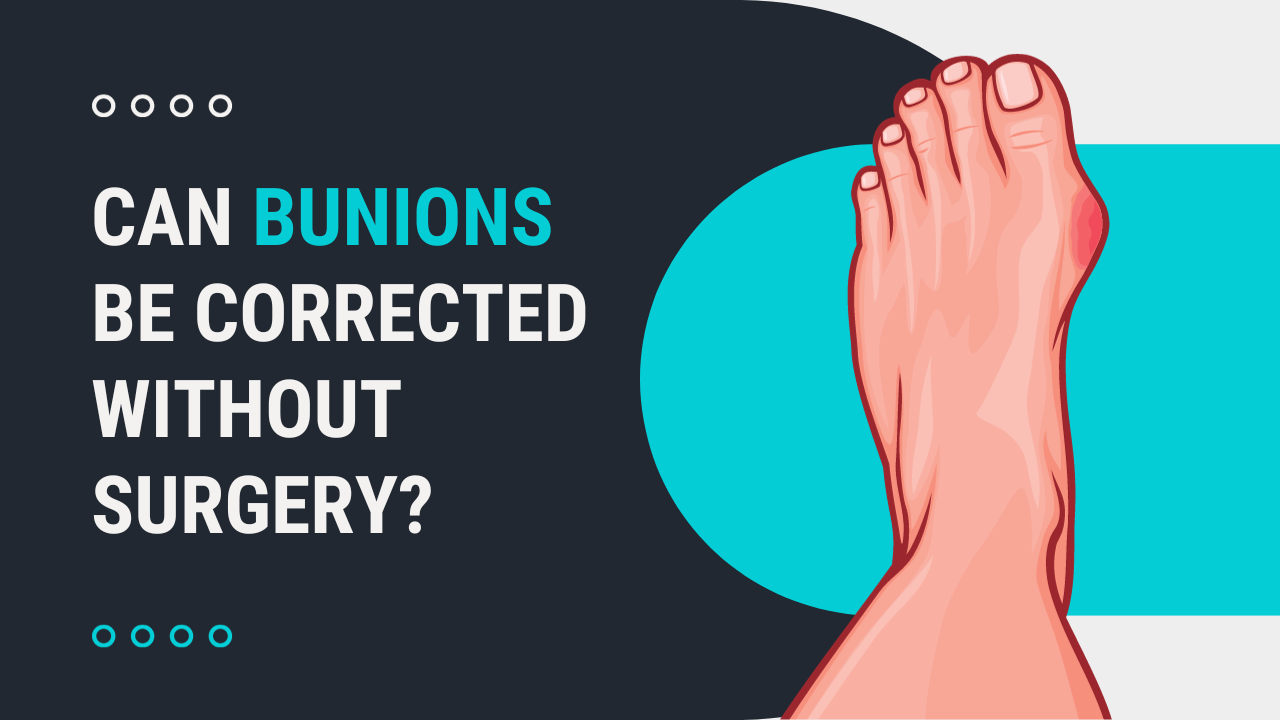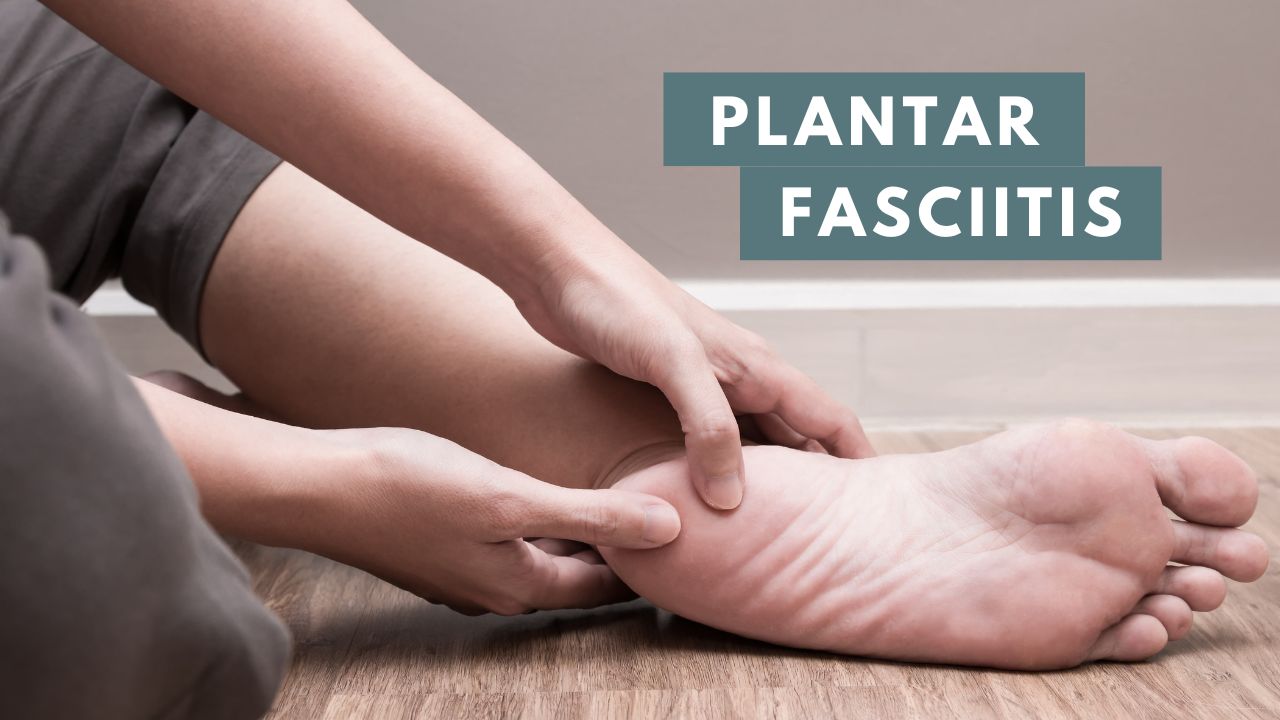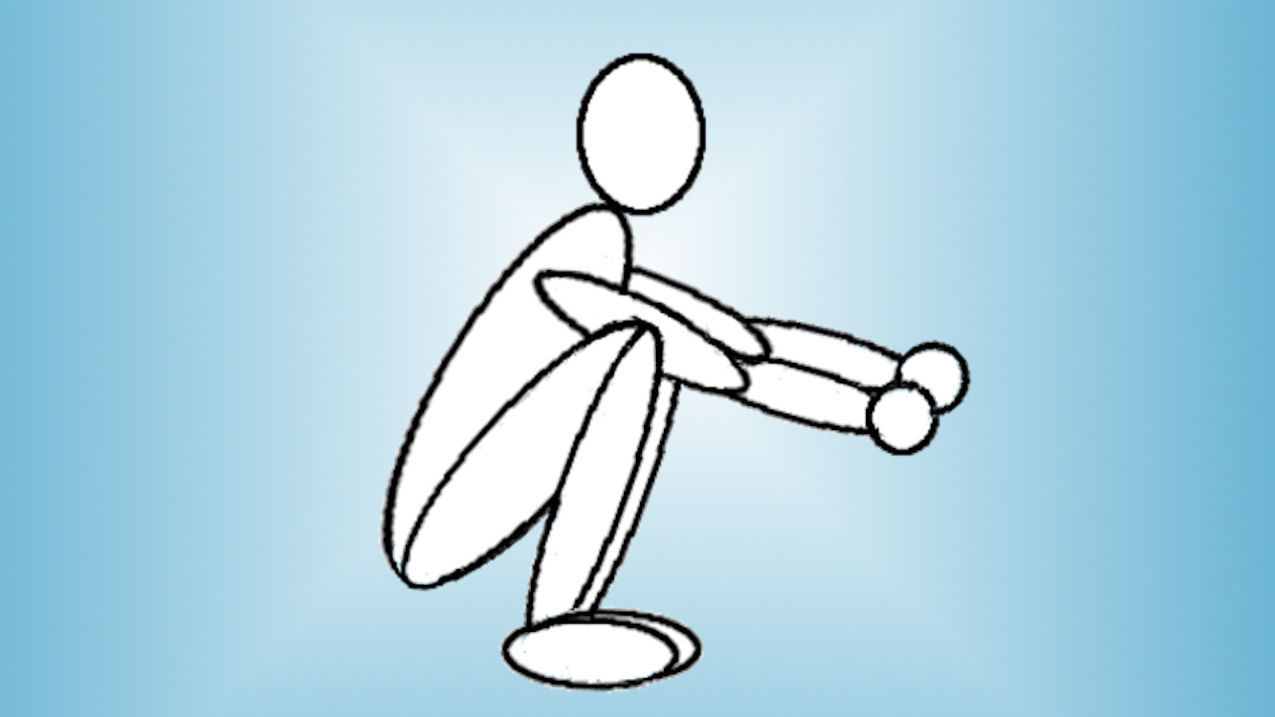The following quotes are excerpts from the American Journal of Orthopedic Surgery in 1913. The prominent physicians of that era seemed to understand that our shoes and modern lifestyle were causing the problems associated with flat feet. They also understood the best treatment for flat feet was exercise, not arch supports.
Dr. H Augustus Wilson, Philadelphia–
The Japanese have been held up to us as the nearest approach to the natural in their feet, and these also are capable feet. These people walk without heels, and the result is that the flexors are strong and powerful. They walk with their toes in, and have foot capability beyond conception.
My difficulty has been to know when to take out supports that have been put in by others, so as to have the patients get a natural foot. I took out plates from the shoes of one patient who had worn them constantly for fourteen years. She complained of weak knees, and I found that her calves were atrophied from disuse of the strong muscles of the leg and her pain had migrated to the position in the upper ambulatory apparatus. What we are after, I think, is not the physical resemblance of a foot, but a physiological action.
Dr. Royal Whitman, New York City–
Flat-foot is an acquired weakness and is understood to be preventable and curable.
Dr. Philip Hoffman, St. Louis–
The third aid in the treatment of feet is muscular exercise, which is intended to stretch the peroneal group of muscles and to strengthen the muscles and ligaments, so that they will function properly when the weight is put on the foot.
Therefore our whole aim is to cure the foot by strengthening the muscles.
Dr. John Ridlon, Chicago–
The number of cases of flat-foot that we are treating, and the many times that number that are wearing foot-plates bought in shoe stores, is appalling. A good deal more than half the adult population of the country are being treated for flat foot. Now is it a fact that flat-foot has increased to such an enormous extent? If it has, there is something decidedly wrong. I do not know whether there is something wrong or not, but there is one thing that has been done in the past two years that may or may not account for it, which was not done before. The orthopedic profession have turned the shoemakers and manufacturers to making crooked shoes, with the front turned around into adduction. I suspect that it is that crooked shoe which has been the cause of all the enormous increase in flat-foot.
Dr. Arnold, New Haven–
I believe that the increase in flat-foot was noted before the crooked shoe came in, but there has been a change in our life that is much deeper-going than the crooked shoe. Within the experience of all of us, the American sidewalk has changed from a soft to a hard one. In a soft walk the foot shapes the ground, but on an unyielding one the sidewalk shapes the foot. Therefore, the type of foot of the savage can no longer be considered as a type of foot that will sustain us without pain under modern conditions. You will find that the Indian, the colored man, or the Japanese will go to pieces on our sidewalks and contract flat-foot; or if he had it before, it will suddenly become more painful. If you take an unyielding flat-foot or one with now symptoms of pain and have its possessor walk on soft pavements, you will find that just as soon as he commences to impress his foot on the ground and shape the ground to suit his foot, he will have a flat-foot that is without pain. Walking on hard ground is one of the etiological factors in flat-foot. I do not say that it is the only etiological factor, but it is one that goes rather far in explaining the great increase in the condition. The front part of the foot with its small muscles, mainly for maintaining equilibrium, is put out of commission by walking on streets on which it cannot make an impression. The person loses function in the muscles of the foot; they weaken, and the foot becomes flat. The question as to how far any plate will cure flat-foot in these conditions is answered by the conditions under which one is going to make use of the foot. I do not think that any foot will be cured unless it adapts itself to the new shape of the pavement. People ought to be born with rubber-tired wheels under them. Children are relieved of all pain, if you put that theory into practice and recommend them, as I do, to use roller-skates instead of walking. As soon as they do so, the symptoms disappear.
Dr. Arthur H. Cilley, New York City–
If one man can make a proper cast and has a mechanic who is able to follow the cast, he will have a plate that will cure, if the patient will use it properly. If the patient uses it as a support, he will get worse; it makes no difference what plate is used. The trouble is the lack of balance, the lack of use of the intrinsic foot muscles of the foot. If the patients will use the muscles, they will get well.
My Notes:
Over a century ago, at the time these quotes were written, arch supports and orthotic devices were becoming more common. They were intended, however, only for short-term use, to supplement a stretching and strengthening program intended to cure flat feet.
The aggressive, and often misleading, marketing of orthotics and corrective footwear contributed to their widespread use in the first several decades of the 1900’s. Today, orthotics and supportive footwear remain popular yet there doesn’t seem to much attention paid to exercises for the feet. What happened?
Photo by Jeff Eaton/CC BY-SA 2.0




well I just came upon this website, I have very flat feet with pain and am hoping that this info can help me
The observation of atrophy of the calve muscle is an important insight for me in understanding the foot arch as a system whose load bearing in motion can be improved with proper exercise.
brilliant. I am a 1st year student podiatrist and all we hear about is orthotic solutions. This is much more up my street!
Excellent. I am 62, 23 years ago I wreckted my knees during my first marathon, which I was properly trained for, did in the meniscus etc and had an op on both knees. Since then I have done no running but knee pain gradually got worse. The surgeon suggested removing my kneecaps, not sure if it was a joke. I ran hard on my heels so much so that my shoes not to mention my feet were being torn up. I had a podiatrist make orthotics, on long runs they would work their way out of my shoes. I went to Nike Air shoes to absorb the pounding confident that my flat feet were inherited from my Mother, as arebmy six siblings. My best times were around 4 mins per km but the marathon was just too far, my muscles failed and that caused the damage. This year though I reached the point where I could not work, climb stairs or walk much. So I six months ago decided to start walking in the local hills weekly despite the pain in the hope that strengthening my self the problem would ease. It didn’t. I got fit enough to try a little running, but that was excruciating. Then I saw a Youtube video on proper running form. I was overstriding, leaning back etc. I have adoped a leaning forward style, hard at first because it felt like I would crash onto my face, but Now after a couple of months I run daily and my knees are almost better. I also started doing feet strengthening exercises. My feet are developing arches nicely and my speed is close to my times of 25 years ago, which is amazing. The rate at which the muscles of my feet are adapting is incredibly quick.
Without musles, tendons the bones of a foot would just lie on the floor in a pile, I have proven that flat feet are caused by being put in hard supportive shoes from a young age, as I was. Imagine wearing a body brace from the day you first walked and took it off 30 years later, you couldn’t stand. Same with the feet, shoes are like braces for the feet and cause the muscles to atrophy.
Well done on a great site. Orthodox knowledge about flat feet is wrong. We need to walk bare feet often and soft shoes so that nature can take its course.
Richard
I am in my 50’s. I ran my first half marathon at 50. My physical therapist shared with me that he does calve raises in the shower everyday (parallel, turned out and turned in). I have adopted this practice and have been doing it for 3 years or so. Six months ago I decided to work on my feet in earnest. I am slow runner and have never been able to jump so I hired a trainor to help me learn how to jump. I spend a lot of time working on making my feet strong. I do my foot exercises in my tub which make it both easier and more challenging. One of my feet is flat and it now has an arch still not caught up to the other foot. I also use massage and work my feet and ankles directly after massage. My feet are large 9.5 and I am emabarrased and I want to make them smaller and I realize I can do this by increasing my arch size. I just started today with the toe yoga. Wow I can feel my muscels work! I want to thank you for your work. I am finally moving to a place where I am happy with my feet and ankles. I was sort of bounded to the earth in a way, As a kid I never could jump. it is remarkable to be able to jump. It is such a happy feeling. I wish I had taken a picture of my feet before I started this. Strong feet make an incredible differenc in how you experienc your daily life. I think your work is really important. Thank you. (toe yoga is hard both mentally and physically I had to use my foot to hold down one part of my toes to get the hang of it). It is not possible for me to do both feet at once. I can do them separtely.